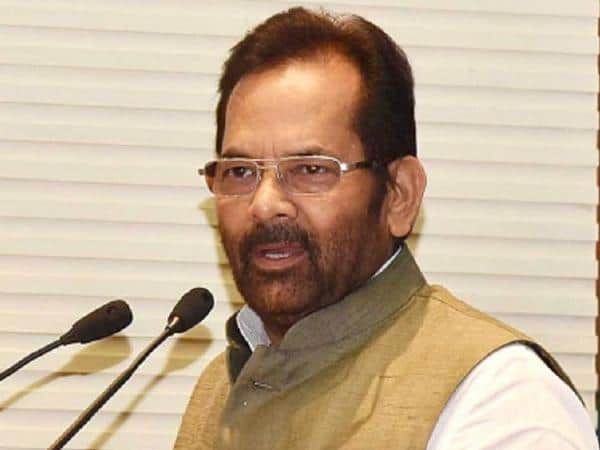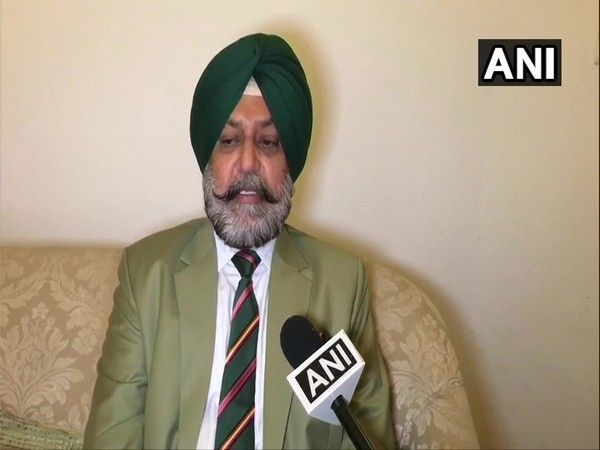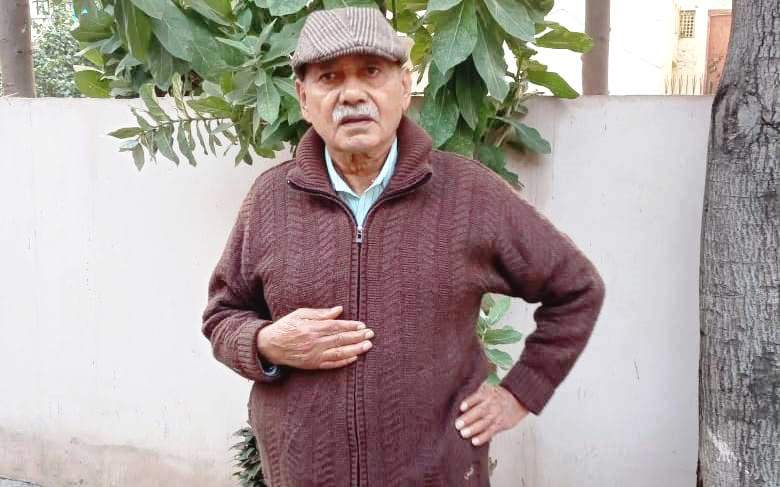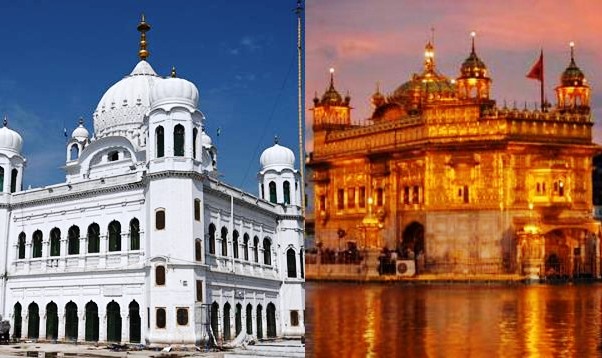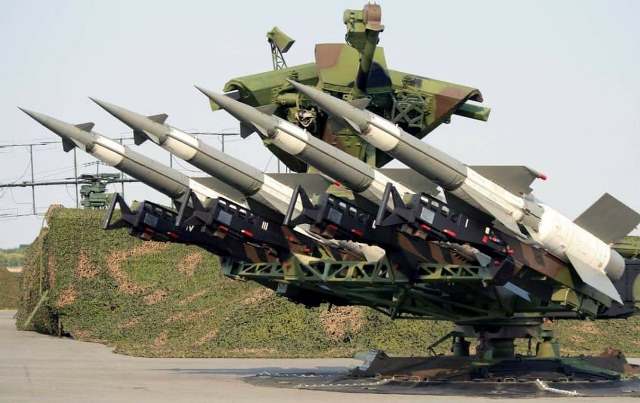Viewed from
outside, images of India and Pakistan seem closely intertwined, though not
always coming across aptly or beautifully. It is hardly surprising that British
Prime Minister Boris Johnson reportedly confused the ongoing farmers’ agitation
in India with some India-Pakistan clash causing tensions.
Thankfully, his
confusion did not spell with ‘K’ (for Kashmir) unlike a former British Foreign
Minister David Miliband (2007-2010), who read ‘K’ dispute as the ‘Kause’ for the
2008 terror attacks in Mumbai. Perceptions formed from a distance can be
horribly wrong.
Images get mixed when
it comes to the Punjab that straddles India and Pakistan. Canada’s Justine
Trudeau who leads a government with several ministers and lawmakers hailing
from either Punjab, has felt politically compelled to comment on the farmers’
cause and has drawn flak from the Government of India. He has stood his ground.
Johnson, in spite of
a significant population in UK with roots in Punjab, has not taken sides on the
farmers’ stir, so far. But he has another task on hand – an SOS from Pakistan
Prime Minister Imran Khan to send back his bête
noire, thrice-elected – and thrice-ousted – former premier Nawaz Sharif. The
Islamabad High Court has declared Nawaz an ‘absconder’.
Khan wants Sharif back
since he is misusing, Khan says, the court-granted leave for medical treatment in
London. He is upset that Nawaz has been taking on, via video links, the
country’s all-powerful military brass for ‘selecting’ Khan to power.
Imran is edgy now that his battle with the opposition’s Pakistan Democratic movement has entered the key Punjab province, with a rally in Multan and another in Lahore on December 13. Clearly, Pakistan is headed for political and constitutional deadlock.
It is unclear if Johnson
will oblige Imran. Britain has hosted another fugitive Pakistani politician,
Altaf Hussain, for long years. Come to think of it, the once-mighty colonial
power cannot ignore happenings in countries it formerly ruled, even if at times
confusion confounds the perceptions.
From far or near,
it is tempting to draw at this juncture, even if cursorily, some comparisons
and contrasts between the two Punjabs. I must begin with a humble disclaimer –
I don’t belong to either. So, please forgive any faux pas.
Sharing the waters
of five rivers, both the Panj-Nad or Punj-Abs feed their respective nations. Figures
on the Pakistan side are staggering. Punjab covers about 69 percent of the
total cropped area, contributing a major share in the agricultural economy of
the country by providing about 83 percent of cotton, 80 percent of wheat, 97
percent of the fine aromatic rice, 63 percent of sugarcane and 51 percent of
maize to the national food production.
The Indian Punjab is
the second largest producer of wheat in the country and the third largest of
rice. The state accounted for nearly 18 percent of India’s total wheat
production and 11 percent of rice production in 2018-19. Haryana produced 12
percent of the country’s wheat output and 4 percent of rice. By contrast, the
Indian Punjab is a medium-sized state compared to, say, Uttar Pradesh or
Maharashtra. But it remains the largest granary.
They share seasons, and the plentiful and shortages they yield. So despite everything, they share onion to salt, whatever one side falls short of. They could do more, and not just in farm produce. Both send significant numbers to their respective armed forces – that have clashed in at least three conflicts, numerous smaller ones and stand eye ball-to-eyeball.
The Indian Punjab
along with Haryana that was carved out of it, sends the highest numbers to the
armed forces. On the Pakistan side, the most populous and prosperous province is
also militarily the most powerful. One is not being churlish in stating that
the Indian soldier enjoys no political clout compared to his all-powerful
Pakistani counterpart.
When they are not
fighting on the border, sports are the arena for the Punjabis. In the last
century when (field) hockey was essentially a South Asian game, India and
Pakistan were the traditional rivals competing in the World Cup Hockey,
Olympics and other arenas. The players were largely from the two Punjabs and Punjabis
from both sides were clashing. Given the Partition background, it used to be
life-and-death affair.
In 1960, Indian
sprint legend Milkha Singh was persuaded by Prime Minister Jawaharlal Nehru to
set aside his memories of the Partition era to race against Abdul Khaliq in
Pakistan. That remains his “race of a lifetime,” dwarfing his other
achievements. In his post-race comment the President Ayub Khan called him “the
Flying Sikh.”
Its birthplaces
shared by Sialkot and Gurdaspur, vigorous Bhangra is common to both the Punjabs
and Punjabis anywhere. But one reads that Basant festival has become less
exciting in the current times. Subjected to restrictions, one reads, Lahore
does not have kite flying that goes with this festival.
Bhagat Singh is
respected. K L Saigal and several artistes remain popular on both sides.
Pakistan has just decided to renovate the havelis
of Raj Kapoor and Dilip Kumar in Peshawar. This is a matter of pride for
Bollywood cinema lovers anywhere.
History, inevitably, has its complexities. Maharaja Ranjit Singh ruled from Lahore. Installing his statue in Lahore Fort recently raised a debate why an Islamic Republic should eulogize a Sikh ruler who allegedly treated Muslims and Hindus unfairly. A few week after installation, one arm of the statue was amputated. The statue was vandalised for the second time on December 12. Sadly, shared history is ignored. Suspicions have only increased with the time. The Kartarpur shrine is the most glaring example.
On the seamy side,
both are on the trail that stretches from Afghanistan to Thailand and via
Central Asia to Europe and thence, to the US. Naturally, not just the locals,
old and young, anywhere, consume and the societies suffer.
Virtually ignored
in the current turmoil, is the clash over Basmati, “the rice fit for kings”, to
gain exclusive Geographical Indication (GI). It is big commerce, but also a
matter of prestige. Turns out that India has a 65 percent share in the global
Basmati market while Pakistan has the rest. But Pakistan’s exports to the European
Union have almost doubled over three years since permissible levels of
pesticides on imported agricultural products to the bloc were reduced in 2018,
while India has repeatedly failed the tests.
Basmati is an
export-oriented item for both India and Pakistan. In 2019-20, India produced
7.5 million tonnes, of which 61 percent cent was exported, earning the country
Rs 31,025 crore, according to the Indian Ministry of Commerce. According to the
Pakistan Bureau of Statistics, the country exported 0.89 million tonnes of
basmati in 2019-20.
This competition
apart, it is said one of its earliest mentions of Basmati is found in the
tragic romance of Heer-Ranjha by the Punjabi Sufi, Waris Shah, composed in
1766/1767. Punjab has separated territorially, but can Waris Shah, like Bulley
Shah, or modern-day Mehdi Hasan or Sahir Ludhianvi, be separated?
The
writer can be reached at mahendraved07@gmail.com
